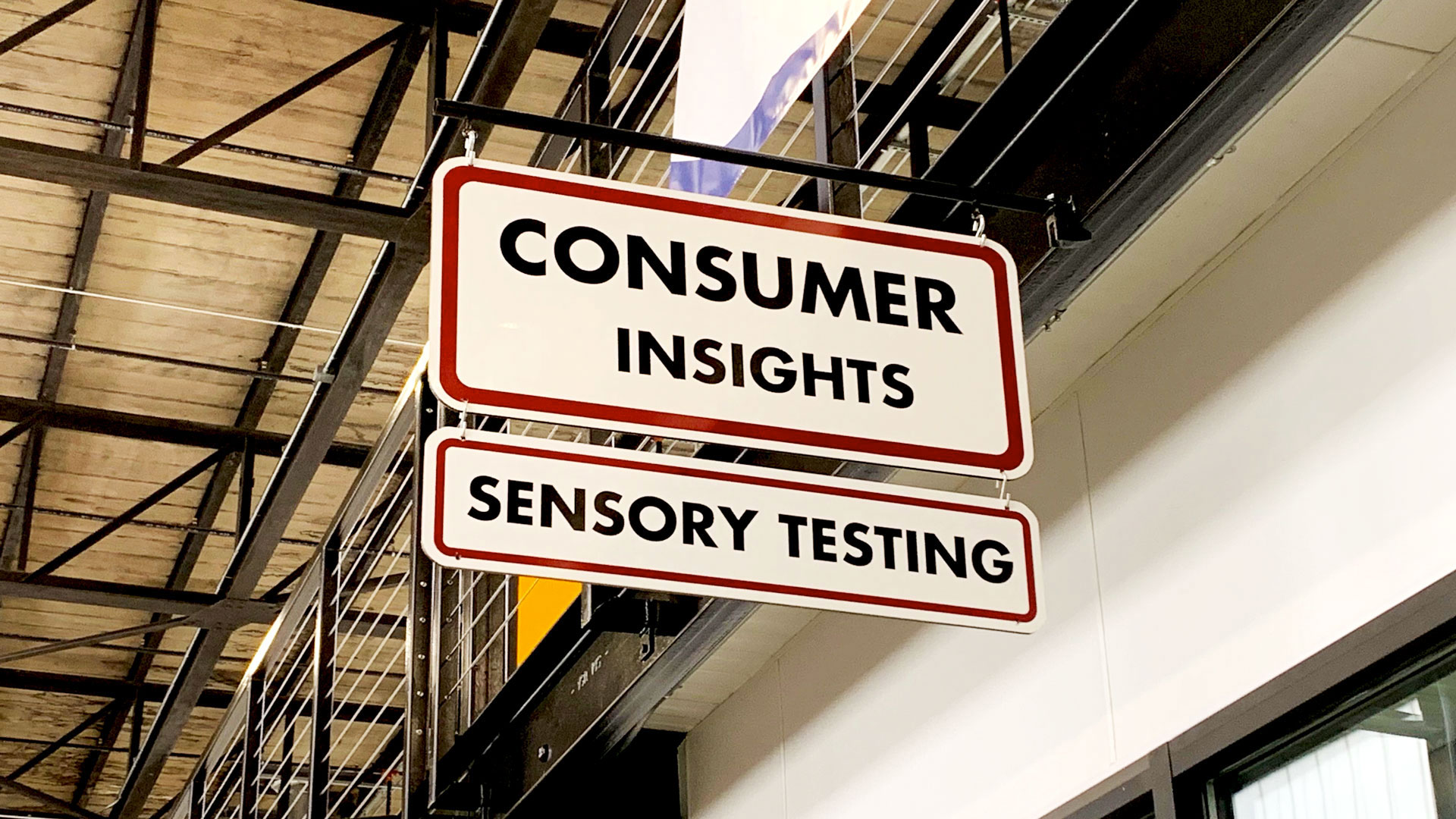Consumer insight is the interpretation of findings from both quantitative and qualitative research. Quantitative research is a formal survey or study involving a statistically-significant number of consumers. The data from quantitative research are often used to identify trends and predict results, such as the likelihood that consumers will buy a product.
Qualitative research, which are generally conducted via focus groups or one-on-one interviews, are not meant to be projectable. In qualitative research, a trained moderator seeks to understand the relationship between consumer interests and brand features. Using group discussion and probing questions, researchers seek to understand consumer dynamics such as the pre-dispositions, desires and aspirations that motivate consumer attitudes and actions.
Consumer insights are invaluable to marketers, whose intimate involvement with a brand and its claims often biases the way they market the brand to consumers. Manufacturers often focus on what their brand is – the attributes it offers. Consumers are more interested in what the brand does for them – its benefit. Our mantra is that consumers buy a product for its benefits, and choose between competitive brands based on attributes.
Interested in participating in a consumer insights study? Sign up here to receive emails about upcoming taste tests and focus groups.
Understanding the relevant differentiation of a brand and figuring out what matters to the consumer is a key to successful marketing. “My job is to listen,” says Catherine Kelly, who manages Factory’s consumer insights lab. “I work to stimulate a dialogue among consumers and then listen for clues in the discussion that provide answers to the questions we have. A dialogue can start broadly – when and how they use the product, why they choose a particular brand, what claims matter most to them…and then focus in on discussing particular brands, packaging, pricing or anything else they have on their minds. It’s rare that a valuable insight comes from the answer to a direct question. Usually, it is something we hear during the course of a discussion.”
Kelly cited an example: “I recently conducted a focus group of middle-aged consumers discussing caffeinated beverages. Everyone in the group drank coffee or tea regularly and sometimes drank energy drinks and sodas. No one had any idea how much caffeine there was in anything they drank. It never had occurred them to check packages or go online to compare caffeine levels. This was an important insight for a brand that was preparing to promote its caffeine level, and it led to our doing a more comprehensive quantitative study to confirm the insight.
“Consumers love to give their opinions, and when asked about packaging or advertising will often speak like they’re experts,” Kelly says. “We respectfully listen to everything they say, but need to focus our attention on their most relevant area of expertise – being consumers.”
Kelly also uses Factory’s sensory lab to conduct blind taste tests. She employs two methodologies. In a monadic test, tasters sample a single product and rate their experience. In a binary test, participants are asked to sample two products, a test version and a control version, or two competing products, and compare them. Taste testers rate products on a five-point scale on specific attributes, which include taste, visual appearance, aroma and texture. The data is analyzed, using special software, to understand which characteristics, or combination of characteristics, most influence tasters’ overall opinion of the product.
“A big part of my job is reading between the lines of what people report versus what their behavior actually shows,” Kelly says. “The insights and data we get from research can confirm or contradict a marketer’s pre-conceptions and plans. Either way, it is incredibly valuable. It brings us back down to earth and keeps us in touch with the people who matter most to all our partner brands – their consumers.”


